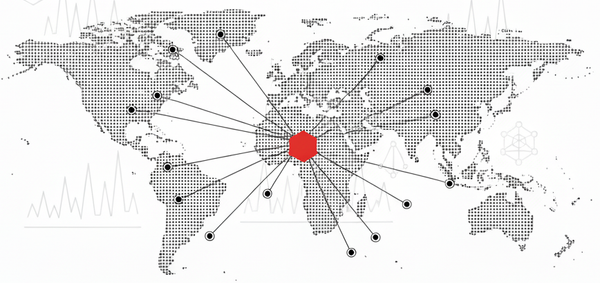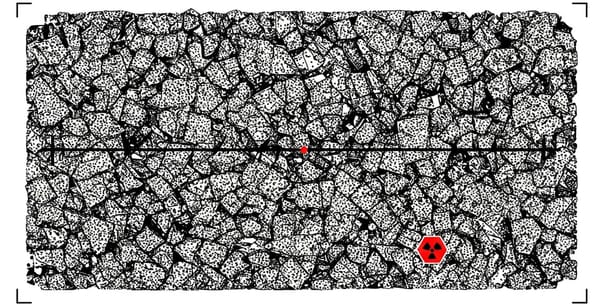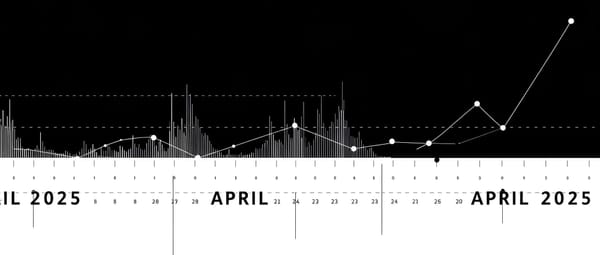Radioactive Materials in Fires: Understanding Cobalt-60 & Cesium-137 Risks

What happens when materials that power our medical treatments and industrial processes, like Cobalt-60 (Co-60) and Cesium-137 (Cs-137), are caught in a fire? It’s a scenario with serious implications for public safety and our environment. These radioactive sources, vital in everything from cancer therapy to food irradiation, could accidentally end up in extreme heat scenarios, such as scrapyard fires or landfill blazes.
This article examines the critical question: What are the consequences when sealed radioactive sources are burned? We'll explore how fire transforms these materials, the journey of radioactive particles, and the potential health and environmental fallout. Understanding these radioactive fire risks is the first step towards better preparedness and safety.
The Unseen Transformation: How Fire Alters Co-60 & Cs-137
It’s crucial to grasp that fire doesn't change the inherent radioactivity of Cobalt-60 or Cesium-137. Their half-lives and the radiation they emit remain the same. The real danger lies in how fire physically and chemically alters them, breaching their protective shields and setting the stage for the dispersion of radioactive material.
From Sealed Source to Hazardous Substance: The Initial Breach
The first critical event in a radioactive fire incident is the failure of the source's containment.
- Cobalt-60 (Co-60):
- Typical Form: A hard, gray-blue metal, often in pellets or disks, usually encased in robust stainless steel.
- Fire Impact: Stainless steel melts around 1400-1450°C. While Co-60 metal itself has a high melting point (approx. 1495°C), severe fires can compromise its casing through melting or stress cracks.
- Cesium-137 (Cs-137):
- Typical Form: Commonly found as Cesium Chloride (CsCl), a white, crystalline powder.
- Fire Impact: CsCl melts at a much lower temperature (around 645°C). Encapsulation varies; lead shielding (melts at 327.5°C) or even plastics can fail much earlier in a fire, making Cs-137 fire safety a key concern.
Chemical Reactions & Vaporization: Fueling the Hazard
Once exposed, the radioactive materials react to the fire's extreme conditions.
- Cobalt-60:
- In the presence of oxygen and high heat, metallic Co-60 oxidizes, forming cobalt oxides (CoO, Co₃O₄).
- Significant vaporization of the pure metal is rare in typical fires due to its high boiling point (approximately 2900°C); however, the oxides can behave differently.
- Cesium-137 (as CsCl):
- This is where the risk escalates significantly. CsCl is highly volatile, melting around 645°C and boiling near 1300°C.
- Building fires often exceed 800-1000°C, leading to the substantial vaporization of CsCl, which turns it into a gas. This process is central to the aerosolization of Cesium-137.
Aerosolization & Dispersion: The Radioactive Plume Takes Flight
The most dangerous transformation is radioactive aerosolization – the creation of tiny airborne particles that can travel great distances.
How Radioactive Aerosols Form
- Vapor Condensation: Gaseous CsCl, upon cooling in the fire plume, condenses into ultrafine solid particles or liquid droplets. These are a major component of cesium fire hazards.
- Oxidation Fumes: The high-temperature oxidation of metals like cobalt can directly release fumes of tiny oxide particles.
- Mechanical Dispersal: Turbulence within a fire or explosive ruptures of containers can scatter molten or fragmented radioactive materials.
Characteristics of Dispersed Radioactive Particles
- Cobalt-60 Particles: Likely to be cobalt oxides of varying sizes, from nanometer-scale (from condensed fumes) to larger particles from flaking oxide layers.
- Cesium-137 (CsCl) Aerosols: Predominantly fine to ultrafine (often submicron), highly mobile particles. Their small size enables them to remain airborne longer and penetrate deeply into the lungs.
Factors Influencing Radioactive Particle Spread
Once airborne, the dispersion of radioactive contaminants is governed by:
- Fire Dynamics: Intense fires create buoyant plumes that lift particles higher, increasing spread.
- Weather: Wind determines the plume's path; atmospheric stability affects concentration; rain can "wash out" particles, creating hot spots.
- Urban Landscapes: Buildings complicate airflow, making urban radioactive dispersal patterns difficult to predict.
The Aftermath: Health & Environmental Impacts of Radioactive Fires
The burning of a radioactive source shifts the primary danger from a localized external radiation threat to a widespread risk of internal radiation exposure and environmental contamination.
Human Health Hazards: The Invisible Threat
- External Exposure:
- Gamma radiation from deposited Co-60 and Cs-137 ("ground shine") can lead to whole-body exposure.
- Direct skin contact with beta-emitting particles may cause radiation burns.
- Internal Exposure (Primary Long-Term Concern):
- Inhalation: Breathing in radioactive aerosols is a major pathway.
- Cobalt-60 Oxides: Can lodge in the lungs; absorbed material may target the liver, kidneys, and bones, increasing cancer risk. Cobalt also has inherent chemical toxicity.
- Cesium-137 (as CsCl): Highly soluble, quickly absorbed into the bloodstream, and distributed throughout soft tissues, leading to whole-body irradiation and cancer risk.
- Ingestion: Swallowing particles via contaminated food, water, or hand-to-mouth transfer.
- Inhalation: Breathing in radioactive aerosols is a major pathway.
- Acute Radiation Sickness (ARS): Possible with very high, short-term exposures.
- Long-Term Cancer Risk: Increased probability even with lower doses.
(Read more about radiation health effects HERE.)
Environmental Contamination: A Lasting Legacy
- Widespread Impact: Soil, water bodies, vegetation, and buildings can become contaminated.
- Persistence of Contaminants:
- Cesium-137: With its 30.17-year half-life and solubility, Cs-137 is particularly persistent and mobile in ecosystems, capable of entering the food chain. The Chernobyl disaster is a stark example of long-term Cs-137 contamination.
- Cobalt-60: Likely dispersed as less soluble oxides, its environmental mobility differs, but it still poses a long-term risk.
- Remediation Challenges: Cleanup is often complex, costly, and may involve long-term land-use restrictions.
Lessons from Past Incidents: Goiânia & Ciudad Juárez
While exact scenarios of significant Co-60 or Cs-137 sources in major fires are not widely documented, other radiological incidents offer critical insights:
- Goiânia, Brazil (1987 - Cs-137): A breached Cs-137 medical source containing highly dispersible CsCl powder led to tragic deaths from ARS and extensive contamination, even without a fire. A fire would likely have aerosolized the CsCl much more effectively, creating a significantly wider dispersal area for Cs-137.
- Ciudad Juárez, Mexico (1983-1984 - Co-60): Co-60 pellets improperly disposed of were melted with scrap metal, contaminating steel products distributed across two countries. This highlighted how Co-60, when subjected to extreme heat, can be released and incorporated into other materials.
These events stress the catastrophic potential when radioactive source security is compromised and how fire can dramatically amplify dispersal.
Key Takeaways & The Path to Preparedness for Radioactive Fires
Understanding the behavior of Cobalt-60 and Cesium-137 in fires leads to sobering conclusions:
- Volatility is Key: Cs-137 (as CsCl) poses a more immediate aerosolization risk in fires than metallic Co-60 due to its lower melting and boiling points.
- Internal Exposure Dominates: The shift to airborne particles makes inhalation the primary long-term health hazard.
- Environmental Persistence: Contamination, particularly from Cs-137, can persist for decades, affecting ecosystems and human health.
The threat of burning radioactive sources demands a multi-layered approach:
- Robust source security and tracking to prevent loss or theft.
- Strict fire protection measures should be in place when handling or storing these materials.
- Specialized emergency response plans for radiological incidents, including advanced atmospheric modeling and public health interventions.
The risks associated with radioactive materials in fires are significant, underscoring the need for continuous vigilance. What are your thoughts on improving safety measures or public awareness regarding these potential hazards? Share your comments below, or explore our related articles to learn more.




